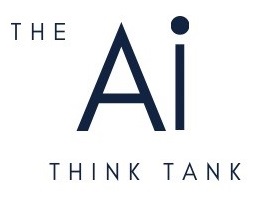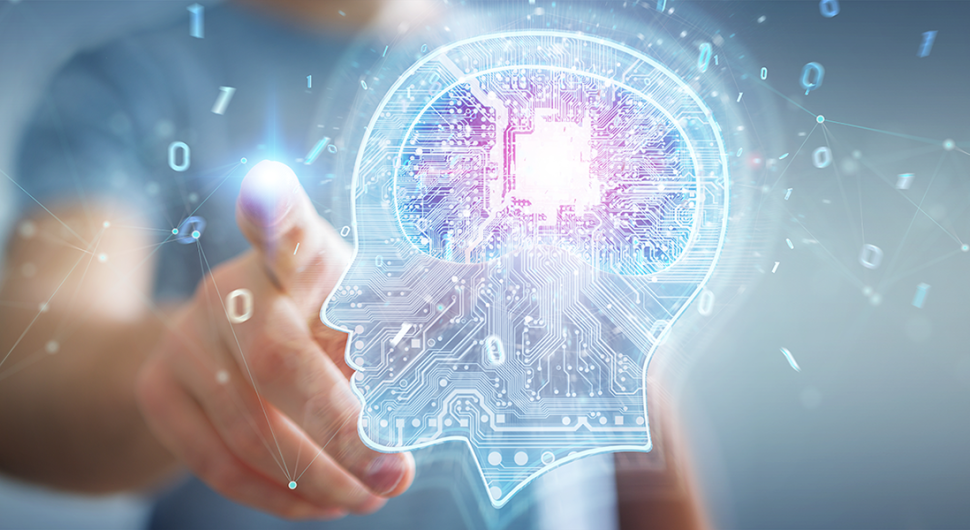What is explainable AI?
Why do we need explainable AI for business?
Artificial intelligence is somewhat of a black box. What we mean by that is you can’t see what’s happening under the hood.
You feed data in, get a result — and you’re meant to trust that everything worked as expected. Whereas, in reality, people struggle to trust the opaque process. That’s why we need explainable AI, both in business and many other domains.
Explainable AI helps everyday users understand AI models. And that’s crucial if we want more people to use and trust AI.

Explainable artificial intelligence promises to revolutionize how organizations worldwide perceive AI.
In place of distrusting black-box solutions, stakeholders will be able to see precisely why a computer model has suggested a course of action. In turn, they’ll feel confident following a model’s recommendation.
On top of this, developers will be able to constantly optimize algorithms based on real-time feedback, spotting faults or human bias in logic and correcting course. Thanks to all this, we expect more and more businesses to adopt AI over the next twelve months.

